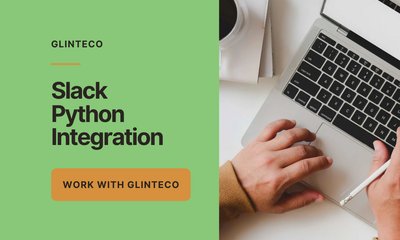By phuongkt, at: 2024年4月1日9:42
Estimated Reading Time: __READING_TIME__ minutes


By phuongkt, at: 2024年4月1日9:42
Estimated Reading Time: __READING_TIME__ minutes


